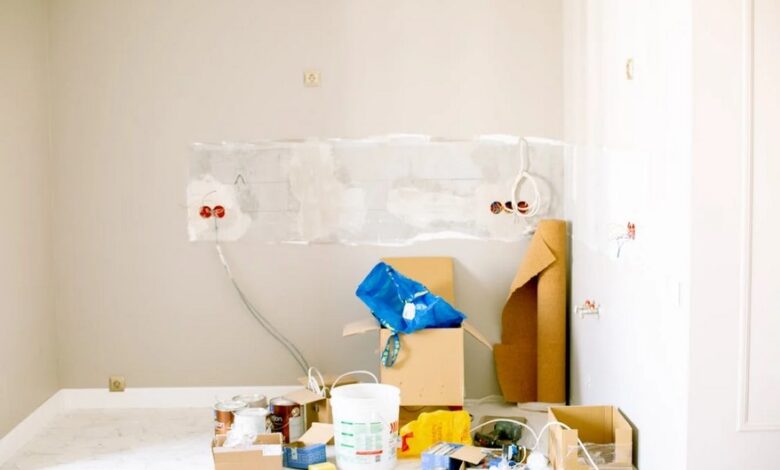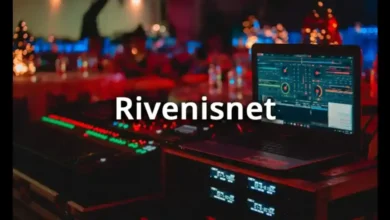Common Socket Outlet Issues and How to Fix Them

Introduction
Electrical outlets are very crucial in our day-to-day lives, especially here in Singapore because they make things run smoothly like charging our phones or powering our appliances. However, sometimes they do not function well whereby for instance plugs don’t fit properly or sockets are loose. It can be irritating when such things happen since it disrupts our daily routines. Moreover, it is not just an inconvenience—such as loose sockets or overloading may cause fire outbreaks which are dangerous situations at home. Hence these problems should be repaired immediately to ensure that everything is safe and functioning properly with no concerns whatsoever.
Common Issues
A. Overloading Sockets
Overloading electric sockets happens when you connect too many devices to one socket causing the wiring to carry more current than its capacity. This can result in overheating and thereby causing fire risks. Some of the signs include circuit breakers tripping, warm outlets, flickering lights among others which may hint that an outlet is overloaded. Therefore, electrical loads should be shared among group outlets and no extension cords used as permanent solutions. If you have observed these signs, call for socket outlet repair to fix your outlet problems immediately so that safety in your home can be maintained.
B. Loose Connections
Loose electrical connections are a real bummer because it means that now you have to keep on noticing things such as flickering lights or randomly losing power supply. It’s not just annoying; there are genuine safety concerns at play too. These issues can lead to overheating or worse yet, electrical fires. Reacting promptly to such symptoms will go a long way in ensuring that everything runs smoothly within your residential or office space while maintaining the safety of all involved.
Specific Problems
A. Burnt Outlets
Burnt outlets can be quite unsettling at home especially if they are happening due to deliberately made errors by some people. This usually occurs when there is something making it hot like overloaded circuits or bad wirings. Always replace a damaged socket with care for instance by switching off the power, swapping it out gently then see whether everything connects correctly tightly.
B. Dead Outlets
If you find some outlets not working at home, it might be because of a tripped GFCI outlet, those little safety buttons you see around. Just press the reset button on them, usually found in bathrooms or kitchens. If that doesn’t do it, check your circuit breakers—they might just need a quick flip back on. It’s often straightforward once you know where to start!
Troubleshooting Steps
A. Step-by-Step Guide on How to Fix Outlets
Fixing outlets safely involves a step-by-step process to ensure everything goes smoothly and safely. Begin by turning off the power to the outlet you’re working on to avoid any electrical hazards. Then, carefully inspect the outlet for any visible signs of damage or wear, like cracks or worn-out parts. If everything looks okay, tightening any loose connections should do the trick. However, if you find any damage, it’s best to replace those parts to prevent future issues. These simple steps help keep your home safe and ensure your outlets work reliably for all your electrical needs.
B. Tools Needed
To ensure safe socket outlet repair, use reliable tools like screwdrivers and a voltage tester. Wear gloves and safety glasses to protect yourself from potential electrical hazards. Wearing these precautions ensures proper functioning and ensures the correct fixation of socket outlets.
Preventive Measures
A. Regular Maintenance for Socket Outlets
Keeping your socket outlets well-maintained is really important. Checking them regularly helps catch any problems early on, which is way easier and cheaper to fix. Also, keeping them clean and free of junk makes sure they work safely and last longer.
B. Educational Tips
Safety is important when dealing with socket outlets issues. Basic fixes like checking circuit breaker or resetting tripped outlets are good, but professional help is recommended. Rule number one is to turn off power before touching anything and avoid overloading sockets with too many appliances. A qualified electrician can handle more complex issues, ensuring safety and up-to-code compliance, providing peace of mind in your home.
Conclusion
Dealing with socket outlet issues can really be a pain, whether it’s lights that won’t stay on or outlets that just stop working out of the blue. It’s so important to put safety first and stay on top of regular maintenance. Taking care of these things helps avoid dangerous situations like electrical fires or shocks. If you’re not sure how to handle it yourself, it’s totally okay to call in a professional. Your safety and the safety of your home are top priorities!






